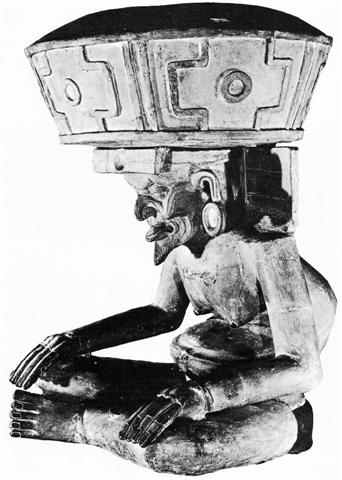3. The problem with the cycle of Sun over the year is that it does not support a good cosmic order, because its 4 cardinal points are not the same south of the equator:
Only autumn equinox has a stable number, day number 266. North of the equator you have to count 266 - 172 = 94 days from summer solstice to pinpoint autumn equinox, south of the equator you instead must count 266 - 177 = 89 days. But knowing this - and if the equator lies in the north or in the south - a calendar structure for the year ('a new house') can be determined by a gnomon at summer solstice (when light and perception are at their best). South of the equator the synodical cycles of Moon can be determined at the same time, because day number 177 (at summer solstice) equals 6 * 29½. However, summer solstice is slowly moving in comparison to the starry sky dome (the precession), and neither is 29½ an exact value for the synodical cycle of Moon. Slight adjustments are therefore needed from time to time. If there once happened to be a new moon (when Moon is reborn each month) at the same time as when Sun reached his maximum at summer solstice, and the calendar structure therefore could be said to be perfect, it would not be so forever. Sooner or later the structure of the new 'calendar house' had to be adjusted, either by abandoning summer solstice or new moon as relevant for the beginning of the year. I suspect it was summer solstice which was abandoned, because only the experts knew exactly where it was while everyone could observe when Moon disappeared. Furthermore, the time of Moon could need an adjustment already after 32 months, while the precession was a much slower process:
When the yellow-painted skull of Hotu Matua was hung high inside the new house of Ure Honu it could mean a new year had begun (just after summer solstice) - the head was inside the house, not out in the sunlight. It was presumably painted yellow because the skull was ruled by Moon. In the text of G day number 177 could refer to a new moon close to summer solstice:
8 + 8 'feathers' around henua ora are numbers referring to Moon, not to Sun, and it is as if these feathers are illustrating the rays from Sun who at new moon should be behind her. In the following maitaki (Ga7-8) his 'eyes' are oriented to the left. Period number 31 is the last one of these periods and Ga7-10 corresponds to the last day of 180 (half 360):
7 * 10 = 70 (at day number 180) could allude to day number 70, which apparently depicts a man without light (tagata vero) standing at winter solstice:
Tagata vero is at left in Ga3-10 and at right he has a hau tea sign with 'eyes' both in front and at the back. In Ga3-11 a head is 'planted' at bottom below a vertical straight line which presumably is meant to illustrate a tightly drawn string for measurement. At its top there is a canoe-formed crescent open to the sky. It is a Saturday and maybe 'fire' (i.e. 'land') is drawn up to the canoe from the Old Man at the floor of the sea: ... In the morning of the world, there was nothing but water. The Loon was calling, and the old man who at that time bore the Raven's name, Nangkilstlas, asked her why. 'The gods are homeless', the Loon replied. 'I'll see to it', said the old man, without moving from the fire in his house on the floor of the sea ...  ...Xiuhtecuhtli, the fire god, as Huehueteotl, 'the old god at the centre'. One of the oldest deities of ancient America, this clay figure from the Veracruz culture shows him seated with a brazier on his head. Xiuhtecuhtli was lord of the present 'Sun', or era, his ceremonies being particularly important at the end of every fifty-two-year cycle when all fires were put out and a fresh one was kindled on a prisoner's breast in order to keep time moving ... The toes of 'the old god at the centre' are depicted similar to fingers ('fire'). |
||||||||||||||||||||||||||||||||||||||||||||||||||||||||||||||||||||||||||||||||||



